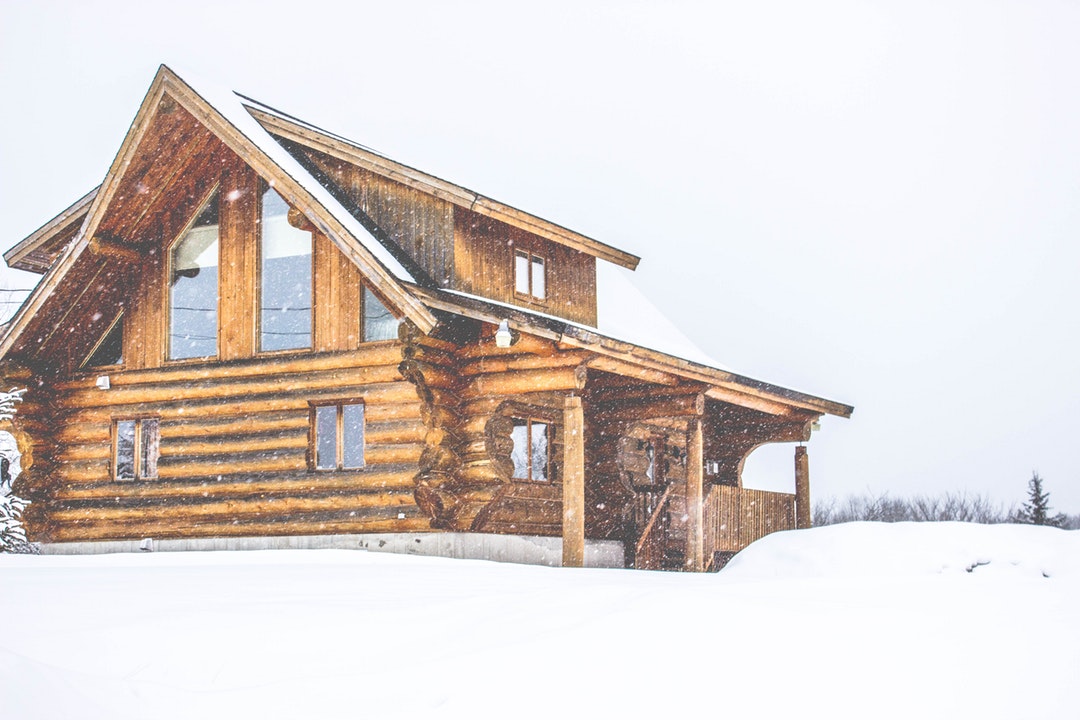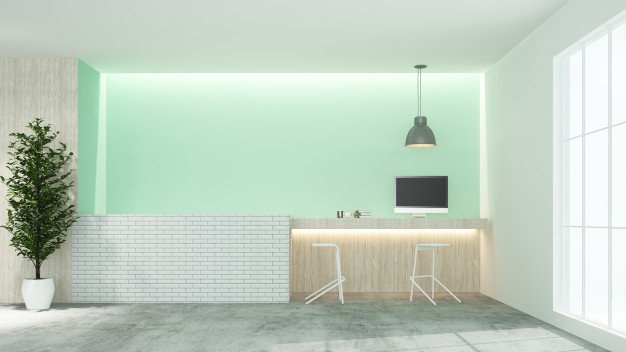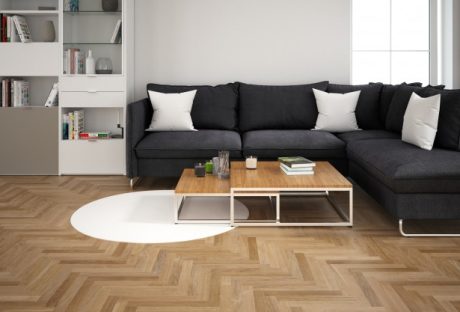Thought log cabins were a thing of the past? Think again.
Today, log cabin construction has become a chic, upscale way to build a modern home with a unique look. In fact, some people have even built high-rise buildings that pull design elements from cabin construction.
Log cabins have a solid place in modern architecture. They meld old-fashioned traditions that endure for a reason with popular modern elements like environmentally-friendly designs. Wondering what else you don’t know about log cabins? Keep reading to learn more fascinating cabin facts!
1. You Can Calculate Exactly How Many Logs You’ll Need
How many logs does it take to build a log cabin? Turns out it’s all a matter of simple math.
For example, by determining the height of each wall, then the height of each individual log, you can calculate how many logs you’ll use per wall. From there, it’s simple to add up the number of walls in a room to get the total.
Of course, other design aspects like the addition of doors or window can make things more complicated. When there’s an opening in the wall, it will get flanked by shorter logs, which can increase the total number of logs used. If the roof is built of logs, that will also change the numbers.
While you’ll want to leave it to the professionals when it comes to deciding how many logs to order, it can still be fun to try your hand at calculating the number of logs in a cabin.
2. You Can Build from a Kit:
Did you know that you can order a log cabin kit for a major DIY moment?
With a log cabin kit, you don’t have to be a pro to have a rustic cabin of your own. Most companies also offer plenty of customer service support, so you’ll know where to turn if you run into problems along the way.
It also doesn’t take a lot of extra tools to work from a kit. Most people can get the job done with just a few basics (think drills and hammers).
Since this is a more rustic form of the building, it appeals to many environmentally-savvy consumers. You’re not bringing in heavy machinery to pollute the area and disrupt local wildlife.
3. Log Homes Stay Warm:
Having trouble keeping warm in the winter? A log cabin just might hold the answer.
Wood naturally keeps heat in — that’s why wood furniture tends to feel relatively warm, even if the rest of the room is cold. Many modern building materials, from concrete to sheetrock, get cold fast. This lowers the overall temperature of your home fast.
With walls made of solid wood, your home actually soaks up and stores heat, dispersing it into the home over time. This helps your home stay warmer, while you save on heating costs.
4. Moisture Matters:
When you’re building a log home, one of the keys to success is keeping your logs completely dry.
You can actually choose to buy logs with different levels of moisture content. The lower the moisture, the better, because you won’t have to worry about what happens when the logs shrink and settle over time.
You’ll also need to take care to keep your home as dry as possible after it’s complete. This can mean installing different design elements (read more here) to keep water away from the walls.
Sturdy log cabins often include an overhanging roof or protective landscaping elements. You’ll also need to take care to keep other sources of water, like an automated sprinkler, away from the log walls.
5. Log Homes Last a Long Time:
There’s a reason many historic log cabins from 100 or more years ago remain to this day. This is one of the most durable ways to build a home that will remain sturdy for years to come.
Although American architecture doesn’t date back so far, you can find homes and churches made of logs in Europe that have stood strong for many hundreds of years. This natural building material offers the perfect balance of strength and flexibility to withstand all kinds of threats.
6. Log Cabins Work Best in Shade:
In addition to keeping your cabin away from moisture, you’ll want to build it so it’s shaded from the sun as much as possible.
Sun won’t destroy a log home, but it will mean you’ll need to re-finish the logs more often to make them last. If you can build in a shady area that’s guarded against moisture, your log cabin will require virtually no maintenance at all.
7. Log Homes Save Energy:
In log cabin construction, it’s super-important that you seal up the spaces between the logs carefully. But as long as that’s done properly, you’ll have an incredibly energy-efficient home to enjoy.
Spaces, where energy can escape, include the connection between individual logs, the space between the foundation and the lower logs, and space between the walls and roof. But when those spaces get sealed, your home will be significantly more energy-efficient than most.
The solid wood walls offer great insulation, so keeping your home warm or cool becomes far easier than with other materials.
8. Air-Dried Logs Work Best:
Drier is generally better no matter what, but if you have a choice between air-dried and kiln-dried, opt for the first choice.
Logs that get air-dried for the proper amount of time have already adjusted to the outdoor environment where they’ll be placed. This reduces settling even more because the moisture content of an air-dried log isn’t likely to change much further.
Kiln-dried logs tend to absorb more moisture when they first get placed outside. Then, as they lose that moisture over time, they’ll settle, creating a need for more home maintenance.
Will You Try Log Cabin Construction at Home?
Whether you build it yourself or hire the professionals, log cabin construction can give you a durable, unique, cozy home that you’ll love. These tips will help you plan ahead for the best possible cabin construction.
Once you build a log cabin, it’s time to decorate the inside! For a rustic look that matches perfectly, try these cork board ideas.
Read Also:






















